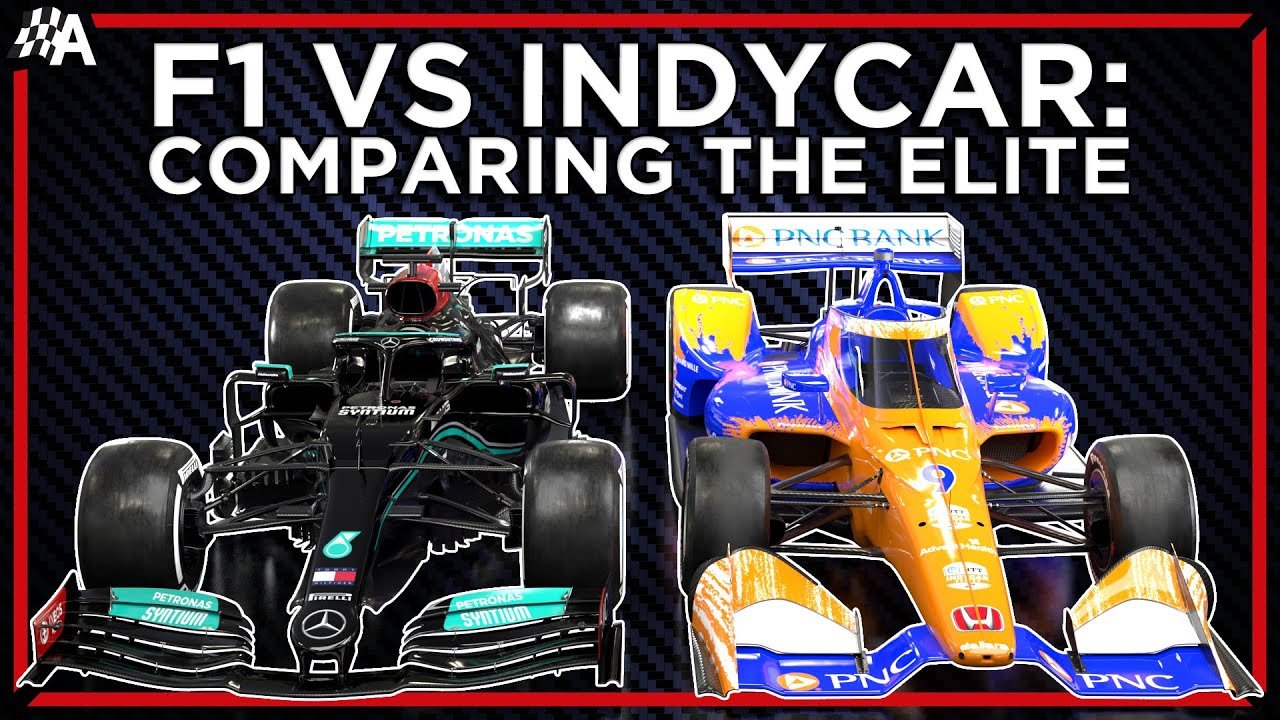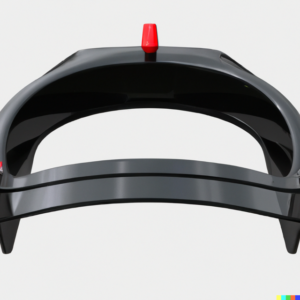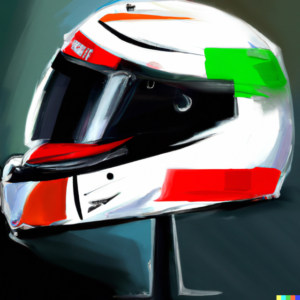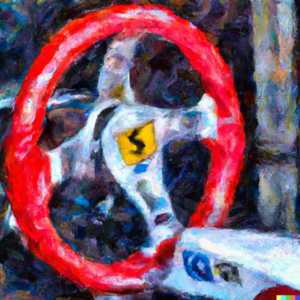Indy Car vs Formula 1

The IndyCar Series and Formula 1 are both top-class motor racing events, with millions of fans across the world, and drivers vying for spots in the races.
However, these two motorsports are very different. Let’s take a look at how these two open-wheel racing series compare. If you enjoy this, take a look at Formula 1 versus NASCAR.
IndyCars vs F1 Cars
Although both IndyCar vehicles and F1 cars are open-wheeled single-seater racing cars, there are some stark differences.
Top Speeds
Can it be true? Are Indy cars faster?
Yes! IndyCar machines can reach top speeds of 240 mph with their turbocharged 2.2-liter V6 engines on an oval racing track.
F1 cars reach speeds of about 205 mph with a 1.6-liter V6 hybrid system, although Sebastian Vettel and Sergio Perez pushed their cars to 223.5 mph in 2021.
Although IndyCars are faster, F1 cars are able to accelerate much faster.
Horsepower
IndyCars have 600 to 740 horsepower.
F1 power unit manufacturers are secretive about their machines, however, Renault boasted in 2019 that their car had 1,000 horsepower provided by the hybrid system and internal combustion engine.
Car Assists
As of 2011, F1 cars make use of a drag reduction system (DRS) which is located on the rear wing. This system reduces drag and downforce by lifting up a flap on the wing, enabling cars to increase their speed and overtake.
IndyCar has a “push-to-pass” system which came on the scene in 2009. This system boosts cars with an additional 50 horsepower.
Gearbox
F1 and IndyCar have different gearboxes.
IndyCar vehicles make use of a gearbox with six forward gears and reverse gear.
F1 cars have a semi-automatic transmission with eight forward gears and reverse gear.
Qualifying Formats
F1
Qualifying is split into three sessions, called Q1, Q2, and Q3.
Q1 is 18 minutes long, and all 20 drivers compete for the fastest lap time. The five slowest drivers do not move on to Q2.
Q2 is 15 minutes long, and again drivers must set the quickest times. The slowest five drivers are eliminated.
Q1’s duration is 12 minutes and the final 10 drivers compete for their spots on the starting grid for the main race.
IndyCar
The IndyCar qualifying format depends on the race event.
For oval circuits, drivers go out individually and have two runs to get their qualifying time.
For oval double-headers, the first lap decides the grid position for Race 1, and the second lap establishes the grid position for Race 2.
For the Indy 500, qualifying occurs over three days. On the first day, all the drivers set an average time derived from four laps. The top nine fastest drivers participate in the Fast Nine Shootout where the process is repeated. Those below the top nine compete in the Last Row Shootout. This determines the starting grid for the race.
For road and street courses, groups of drivers aim to set their best laps. The field is split into two groups, with the six fastest drivers from each group going through to the next stage of qualifying, while the remaining drivers make up positions 13 and onwards.
The top 12 drivers then get 10 minutes to set as fast a time as possible. The top six enter the Firestone Fast Six Shootout to compete for pole position.
Race Formats
F1
F1 races average around 190 miles, and may not exceed two hours.
F1 races occur all over the world, traveling to Europe, Asia, North and South America, and Australia.
Pit stops in F1 are incredibly fast. There is no refueling allowed, and engineers are able to change the tires in less than 3 seconds.
IndyCar
For oval races, the races are over a set distance with no time limit.
Road and street circuits have a time limit of two hours if the set race distance is not reached. However, this time limit can be changed if necessary.
IndyCar takes place within the United States only (except for in 2019 when one race was held in Toronto).
When IndyCars enter the pit lane, they are able to refuel and change their tires. An IndyCar pit stop lasts for just under 10 seconds.
Points System
Both F1 and IndyCar use a point scoring system to determine the Championship title.
In F1, the top ten cars are able to score points towards the World Championship title, with 25, 18, and 15 points awarded to the three podium finishers. The tenth driver gets one point.
F1 also awards a point to the driver who has the fastest lap, if that driver places in the top 10.
F1 teams win points for placing in the top 10, which counts toward the Constructors Championship.
IndyCar hands out a lot more points, with the top three drivers earning 50, 40, and 35 points respectively. All the drivers are awarded points, with those placing 25th and below earning 5 points. At the Indianapolis Motor Speedway, the Indy 500 points are doubled.
IndyCar hands out some additional points – they award an extra point for pole position as well as if the driver leads for one lap, and two points for the driver with most laps led.
In IndyCar, the two engine manufacturers battle to receive points, with the winning manufacturer receiving five points, and the manufacturer starting on pole getting an extra point.
FAQs
What do IndyCar races and F1 races have in common?
- Both are open-wheel sports.
- Both have long seasons, with IndyCar running from March to September, and F1 running from March to November.
- There are Championships for drivers and manufacturers.
- Both are high-speed races.
- They make use of similar flag systems.
Can IndyCars refuel during pit stops?
Yes, IndyCars are able to refuel during their pit stops. The team will also hose down the car with water after refueling.
Final Thoughts
Formula 1 and Indy racing are both incredibly exciting to watch, with fast cars, driver drama, and competitive racing – there are literally millions of viewers tuning in to these races each year.
It is easy to become a fan of both sports, and many motorsport lovers have favorite drivers and teams in both of these one-seater open-wheel series.
sources: Autosport.com





